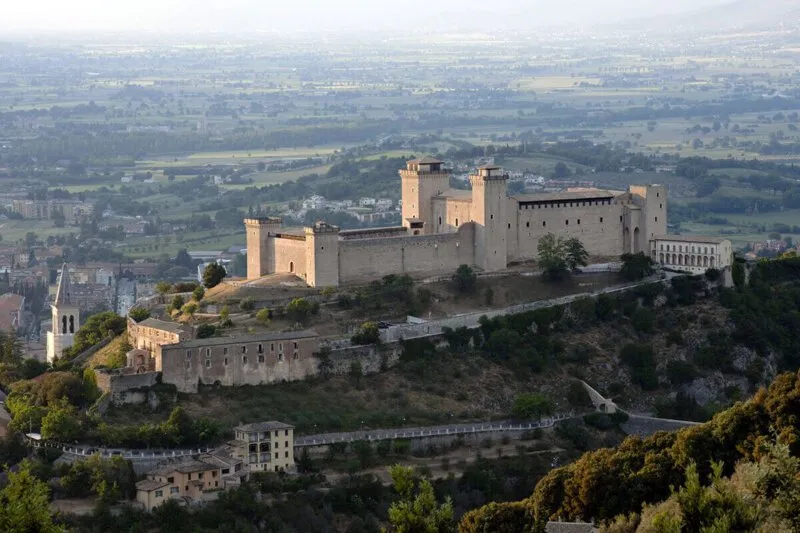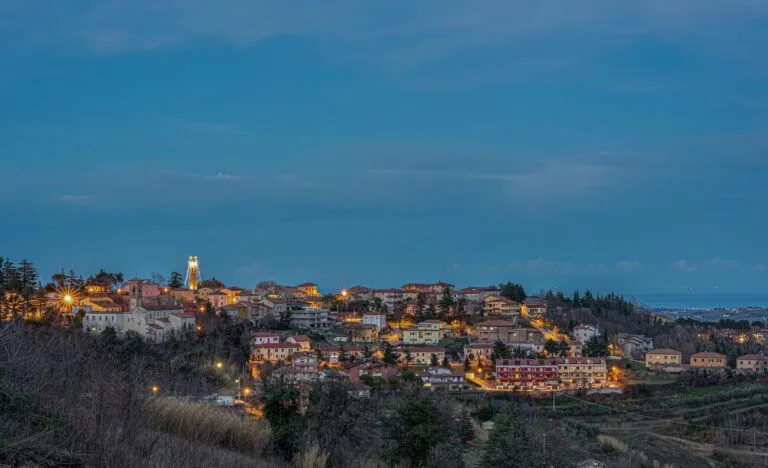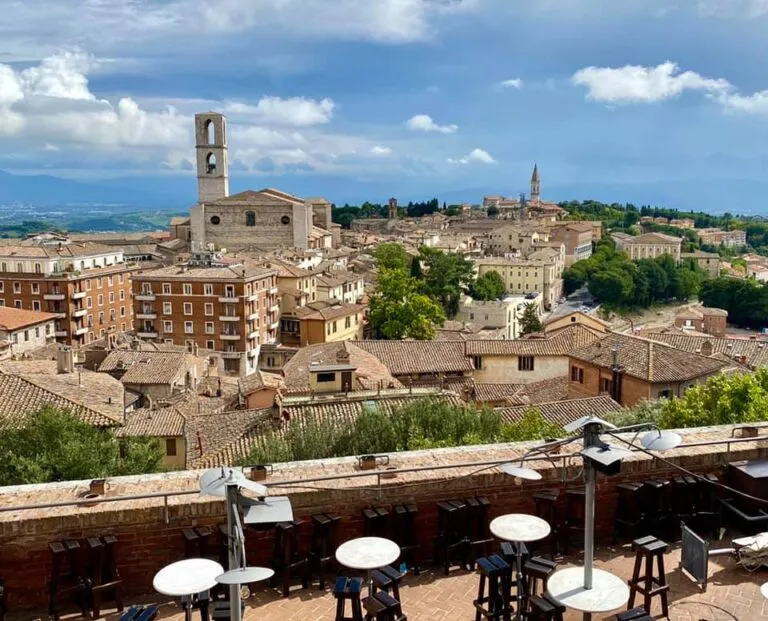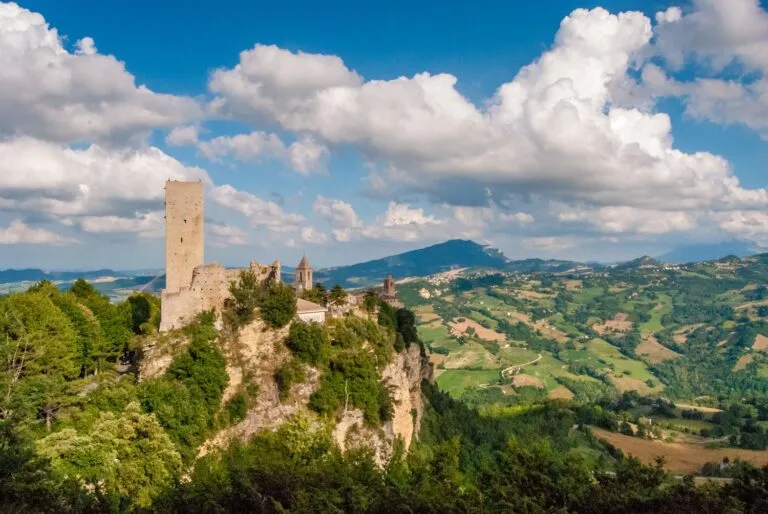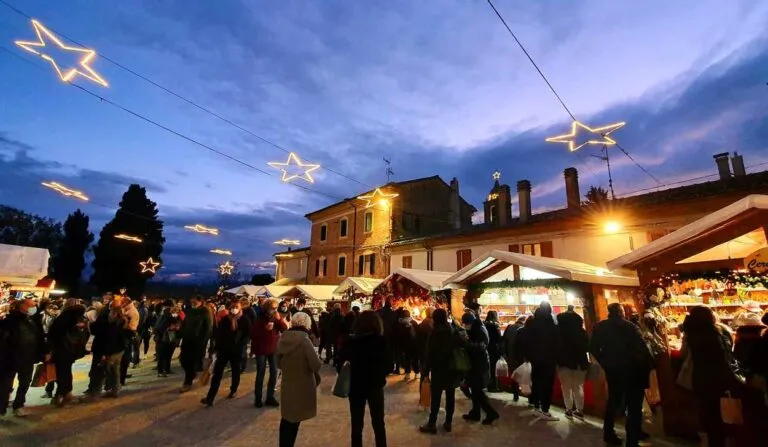11 Best Things to Do in Spoleto, Italy
In the heart of Umbria and Italy, Spoleto is a beautiful city of art famous for the Festival of Two Worlds, its Hundred Towers, and food. An attractive year-round destination and quiet hill town, it offers many interesting sights and pleasant walks. In June and July, it comes alive with the festival, and the historic center of the city offers high-quality artistic events. Churches, squares, and theaters are transformed into stages, and the streets become crowded. Even its position makes it a top-rated destination for its proximity to many other famous art cities of central Italy. The friendliness of its inhabitants completes a business card of all respect. To follow a small list of the things not to lose.
Things to do in Spoleto
Piazza del Mercato

Beautiful and picturesque town square, completely renovated in 2017, is the city’s beating heart with its bars, restaurants, and typical stores. On the north side is the Fonte di Piazza, of thirteenth-century origin but rebuilt in 1433 with its complete annexation to the old church of San Donato. Today only the small facade remains, and then in 1746, a clock and a baroque pediment dedicated to Urban XIII were also added.
Piazza Garibaldi

Access to the city is dedicated to the hero of two worlds, Giuseppe Garibaldi, magnified by a beautiful statue in the center. There are many bars and restaurants in the square, and the Basilica of San Gregorio Maggiore was built between the end of the eleventh and the beginning of the twelfth century. Architected in Romanesque-Lombard style and with a beautiful bell tower at its side, inside, it has interesting decorations and traces of frescoes, the crypt, and the presbytery. The small chapel of the oratory is also magnificent with its frescoes of the Massacre of the Innocents and the stories of the life of San’Abbondanza.
Palazzo Virgili And Torre dell’Olio

It is of thirteenth-century origin and is part of the building of Palazzo Virgili. The tower is one of the many presents in medieval times, and of the few remaining is the best preserved. L ‘height of 45.50 meters makes it the highest in the city, and the name derives from the fact that in the Middle Ages was a defensive practice to throw boiling oil from the towers besieged by enemies, legend has it that even the Carthaginians of Hannibal suffered it up to decide to leave the city. The palace was instead built about 400 years later for domestic use but still fortified. Both buildings are private property and cannot be visited internally.
Palazzo Collicola

Palazzo Collicola, built-in 1717, is the seat of the Museum of Visual Arts of Spoleto. It was inaugurated in 2000 and enlarged to become the most important museum of contemporary arts in Umbria. Developed on three exhibition floors, it offers a splendid collection of sculpture, painting, street art, installations, and photography by some of the world’s most celebrated artists that contrast beautifully with the interiors, furniture, and eighteenth-century frescoes of the building.
Piazza Duomo And Santa Maria Assunta Cathedral

Built between 1100 and 1227 in Romanesque style, the church has been restructured several times internally, especially in the 1600s, until it assumed its present appearance. The interior is cross-shaped and in Baroque style, with a fifteenth-century apse with the magnificent frescoes by Filippo Lippi depicting the Stories of the Virgin. All the bays of the aisles and the transept have valuable frescoes or panels mainly of the sixteenth century, and on one side, there is a pipe organ of 1932. The square was a space that already existed in Roman times and offered tourists who visit it a beautiful view of the city, with bars, restaurants, and a fountain placed in the mid-1900s.
Roman Theater
Dating back to the first century BC remained in use until the fourth century is located within the walls and has 70 meters. In the high Middle Ages, it was flanked by the monastic complex of Sant’Agata and by private noble palaces. Over the centuries, it was restored several times, and today, it is possible to admire parts of marble floors of the Roman imperial era. It is used for concerts and shows, and it is the seat of the important Festival of the Two Worlds, which is held every year in the city, hosting theater and dance shows.
Spoleto Archaeological Museum

In today’s museum, developed in a part of the monastic complex of San’Agata, there is an important collection of objects, artifacts, and findings from the Bronze Age to part of the seventh century. Particularly noteworthy are the grave goods from the 6th century B.C., the Roman marble busts, and the series of votive bronze statuettes dating from the 6th to the 5th century B.C. It is also possible to visit the monastery and the small deconsecrated church.
Casa Romana di Vespasia Polla

The stately home of the first century AD was found below where today stand the town hall and the municipal palace. After a long and careful restoration, it is rich in mosaics in all rooms, a containment tank for rainwater, and a well located at the entrance. From inscriptions in the well, it seems that the house belonged to the mother of Emperor Vespasian, but today there are no certain documents.
Ponte delle Torri

Completed in the XIV century, it was built to connect the Rocca Albornoziana to the Fortilizio dei Mulini, separated by the Tessino torrent. It has a length of 230 meters and a height of 80 supported by pillars of 10 X 12 meters and is completed by a wall about 12 meters high that delimits the road above the bridge and runs a water channel. The suggestive impact at night, when completely illuminated, kidnaps the visitor who observes and walks along with it.
Fontana del Mascherone

In Piazza Campello, near the Rocca, there is this particular fountain with the somatic features of man and feline and representing, perhaps, a pagan divinity. The fountain’s mouth flows the water that then pours into the tanks placed at three different levels. Dating back to 1600, an inscription is dedicated to Pope Clement XII on the aedicule above it. In 2012 it was completely restored.
Rocca Albornoziana

It rises on the hill of Sant’Elia and dominates the city of Spoleto, of which it has become the symbol. The fortress was built in 1363 by Pope Innocent XI to fortify the defenses already present on the territory and strengthen the Church’s authority. Over the centuries, it has changed use and has been restored several times, and today is well preserved. The visit requires at least a couple of hours and the view from the top of the hill is truly spectacular.
